Embarking on the journey of growing and using your own herbs brings a host of benefits to the table – from the unbeatable freshness in your dishes to the therapeutic joy of gardening. This guide aims to walk you through each crucial step: selecting the right herbs for your garden, planting and nurturing them, all the way to harvesting and utilizing them in your kitchen or medicine cabinet. Get ready to dive into a world where your culinary and health regimes are transformed by the potent, aromatic leaves nurtured by your own hands.
Contents
Selecting Your Herbs
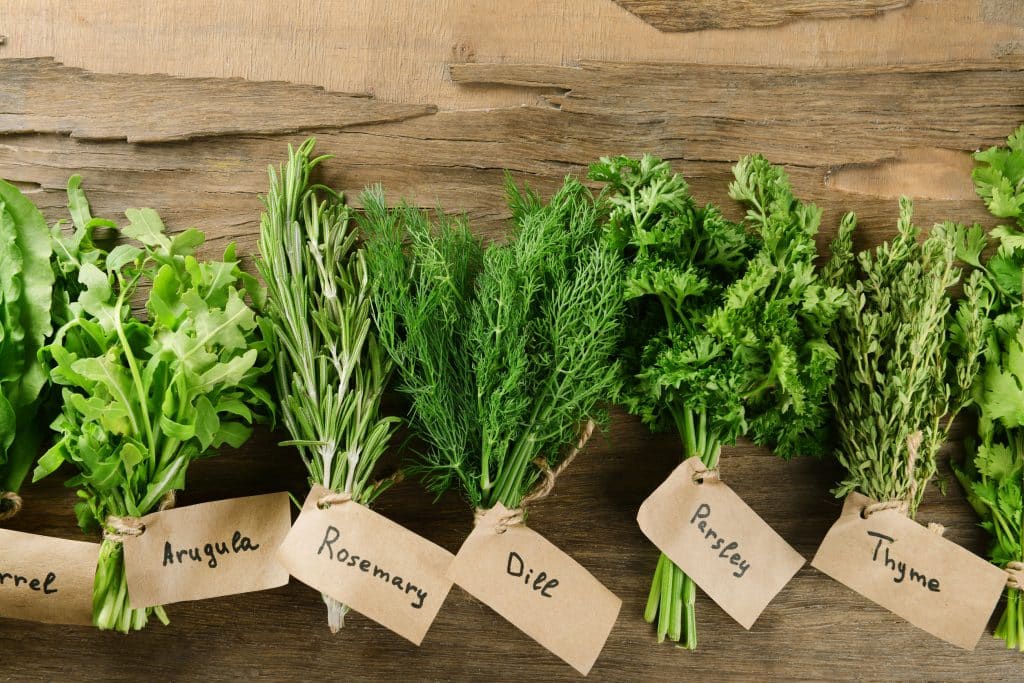
Before planting anything, selecting the right herbs is essential. Assess what culinary flavors you often enjoy and which herbs can grow well in your local climate. Understanding whether your area is warm and sunny or cool and shaded helps narrow down choices like sun-loving basil or shade-tolerant mint. Also, consider the space you have available; some herbs spread out, while others grow tall. Your selection should fit your cooking needs, space, and climate to ensure a thriving herb garden.
Once you’ve considered the practicalities, explore the vast array of herbs. Beginners might start with robust varieties such as rosemary or chives, which are forgiving and provide consistent yields. Think about the herbs’ uses beyond just flavor – many have medicinal properties or can be used for teas and aromatherapy. Consider seasonal varieties to keep your garden interesting year-round. With a little research, you’ll create a diverse, useful, and beautiful array of herbs suited to your needs.
Planting Your Herbs
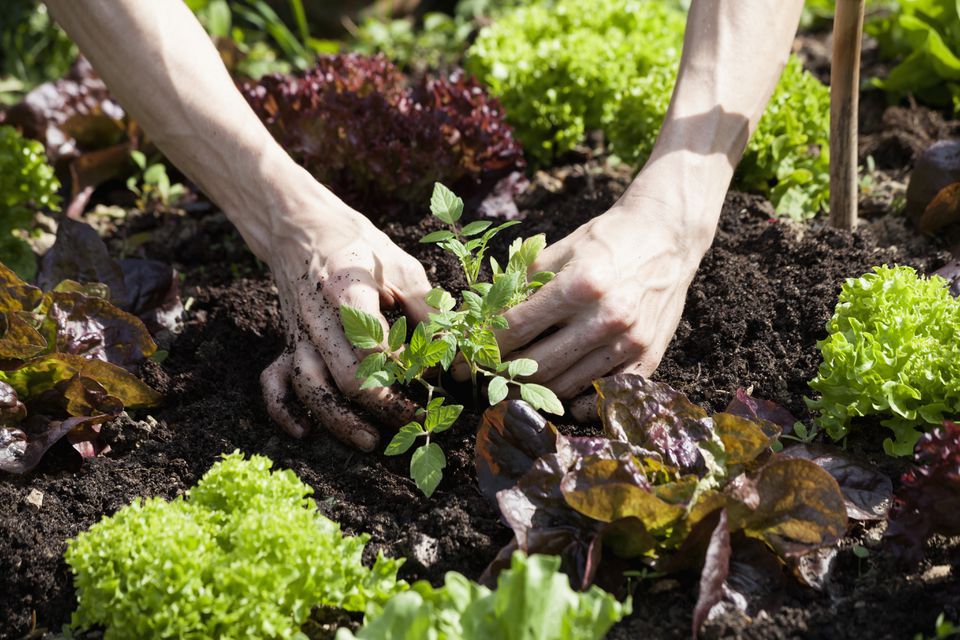
Planting your herbs is a critical step towards a fruitful garden. Whether starting from seeds or cuttings, each herb has specific needs in terms of soil, depth, and spacing. Use well-draining soil and plant in a spot that receives the recommended amount of daily sunlight. Initially, keep the soil moist to encourage germination or root development. With patience and care, you’ll see the first signs of life as your herbs begin to grow.
In the weeks following planting, monitor your herbs closely. They’ll require consistent care as they establish themselves. Watering needs vary among herbs; some prefer dry conditions, while others need constant moisture. Be mindful of their individual needs and adjust your care accordingly. As your herbs grow, they’ll become more resilient and require less attention, but these early stages are crucial for setting them up for success.
Caring for Your Herbs
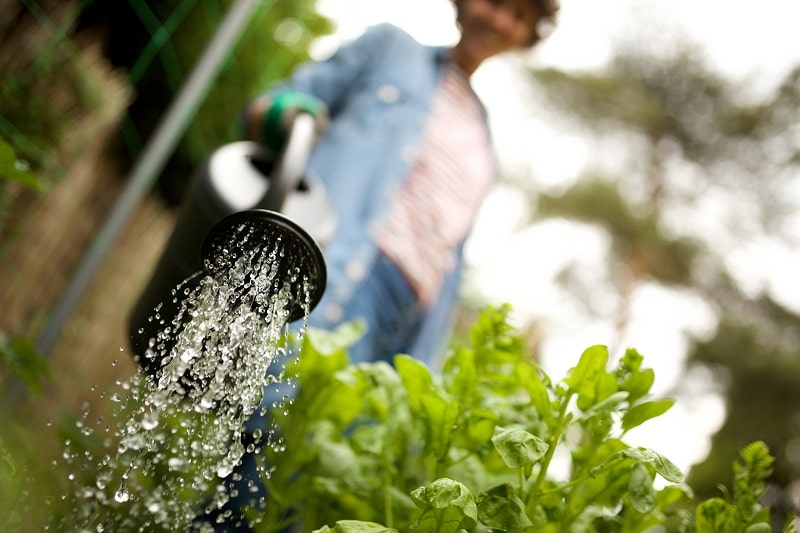
Ongoing care is key to a healthy herb garden. Regular watering is essential, but the amount and frequency will vary. Herbs like basil and mint require consistently moist soil, whereas thyme and oregano thrive in drier conditions. Overwatering can be as harmful as under-watering, so it’s essential to understand each herb’s preference. Mulching can help maintain moisture levels and keep weeds at bay.
Vigilance against pests and diseases is also crucial. Keep an eye out for signs of distress, such as discolored leaves or stunted growth. Natural remedies, like neem oil or homemade insecticidal soaps, can help manage pests without resorting to harsh chemicals. Pruning and harvesting encourage growth and prevent overcrowding. Regularly removing dead or dying foliage ensures your plants focus their energy on producing fresh, aromatic leaves.
Optimizing Growth
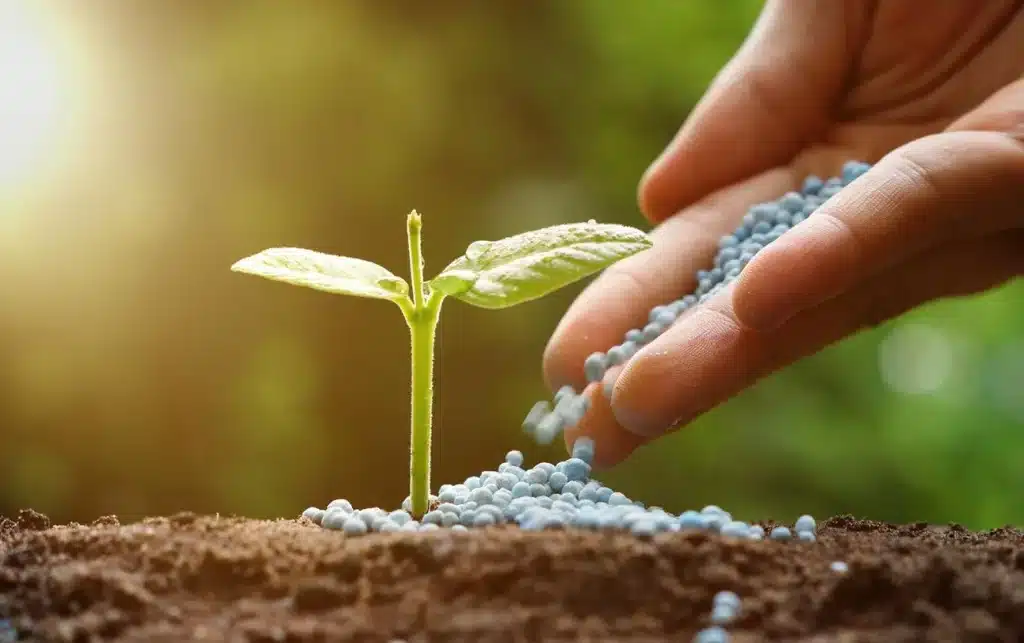
To maximize the health and yield of your herb garden, provide your plants with all they need to thrive. Fertilizing every few weeks can help, but it’s important to use the right type and amount; herbs generally prefer a light hand with fertilizer. Well-timed fertilization promotes robust growth and increases the aromatic oils that give herbs their flavor and medicinal properties.
You should also consider the benefits of companion planting. Certain herbs, when planted together, can deter pests, improve pollination, and enhance growth. As your herbs mature, they may need more space or different conditions. Transplanting them into larger pots or a different part of the garden can provide the necessary room to grow. With these optimizations, your herbs will flourish, providing you with a constant supply of fresh flavors and fragrances.
Harvesting Your Herbs
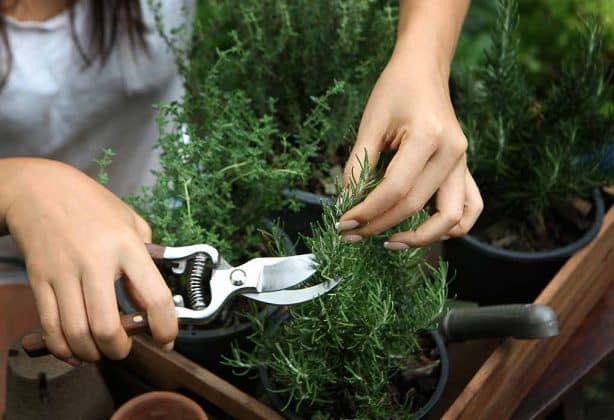
The right time to harvest is crucial for the best flavor and longevity of your herbs. Generally, it’s best to harvest just before the plant flowers, when the leaves are packed with essential oils. For most herbs, morning is the ideal time, after the dew has evaporated but before the sun is at its peak. Use clean, sharp scissors or shears to make clean cuts, encouraging healthy regrowth. Remember, regular harvesting actually promotes growth, so don’t be shy about snipping off what you need.
When harvesting, be mindful of how much you take. A good rule is never to harvest more than a third of the plant at one time. This allows your herb to recover and continue producing. Some herbs, like basil, should be harvested by snipping the stem just above a pair of leaves. This technique encourages the plant to branch out and become fuller. Each herb has its own ideal harvesting method, which, when followed, can lead to a more bountiful and extended harvest season.
Drying and Storing Your Herbs
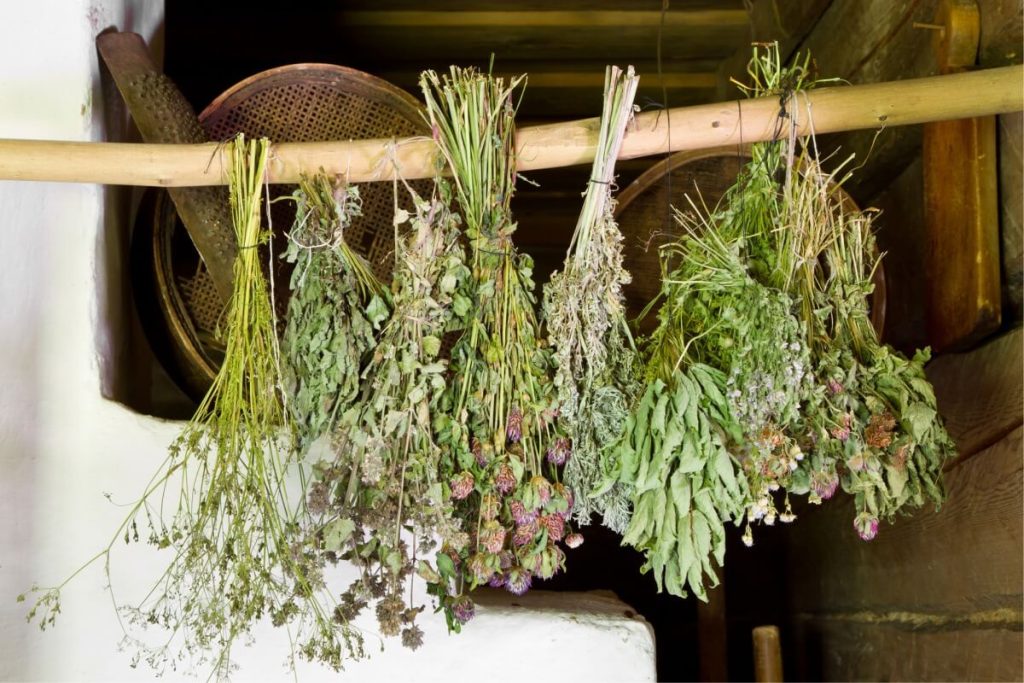
Once you’ve harvested your herbs, preserving them ensures you can enjoy their flavors year-round. Drying is the most common method, suitable for many herbs. You can air dry them by hanging bundles in a warm, dry, well-ventilated area away from direct sunlight. Some herbs with higher moisture content, like basil or mint, might do better in a dehydrator or low-temperature oven to prevent mold. The key to drying herbs is to do so until they are brittle to the touch, preserving their essential oils and flavor.
For storage, once dried, crumble the leaves and store them in an airtight container away from light and heat. Properly dried herbs can last for months, even years, retaining much of their original flavor. Alternatively, herbs can be frozen, either whole or chopped, in airtight containers or ice cube trays covered with water or oil. Freezing can better preserve some herbs’ flavors and is excellent for those used in cooked dishes. Experiment with both methods to see which works best for your culinary needs.
Using Your Fresh Herbs
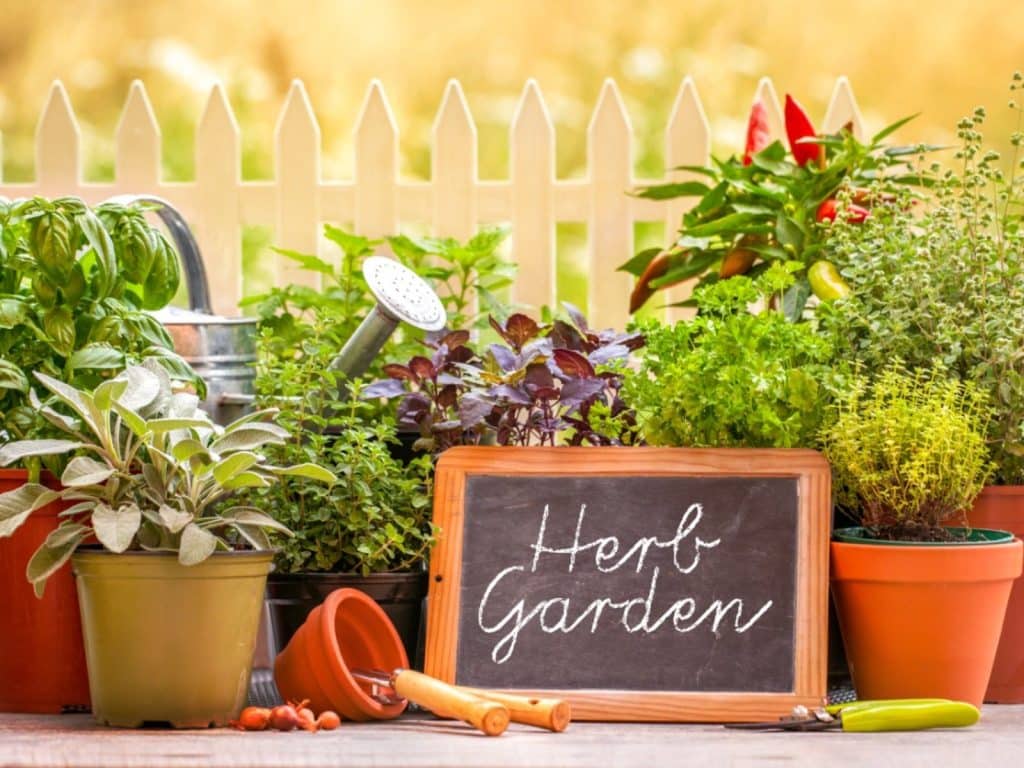
Incorporating fresh herbs into your cooking not only enhances flavor but also increases the nutritional value of your meals. Herbs are best added at the end of the cooking process to preserve their delicate flavors and aromas. Try chopping fresh herbs over a finished dish or incorporate them into sauces, butters, or dressings. Fresh herbs can transform a simple meal into something extraordinary with just a sprinkle.
Don’t be afraid to experiment with flavors. Fresh herbs are versatile and can be used in a variety of cuisines and dishes. Consider making pestos, herbal teas, or infusing them into oils and vinegars. Each herb’s unique flavor can inspire a myriad of culinary creations. Keep in mind that fresh herbs have a more potent flavor than dried ones, so you might need to adjust quantities according to taste.
Medicinal and Aromatic Uses
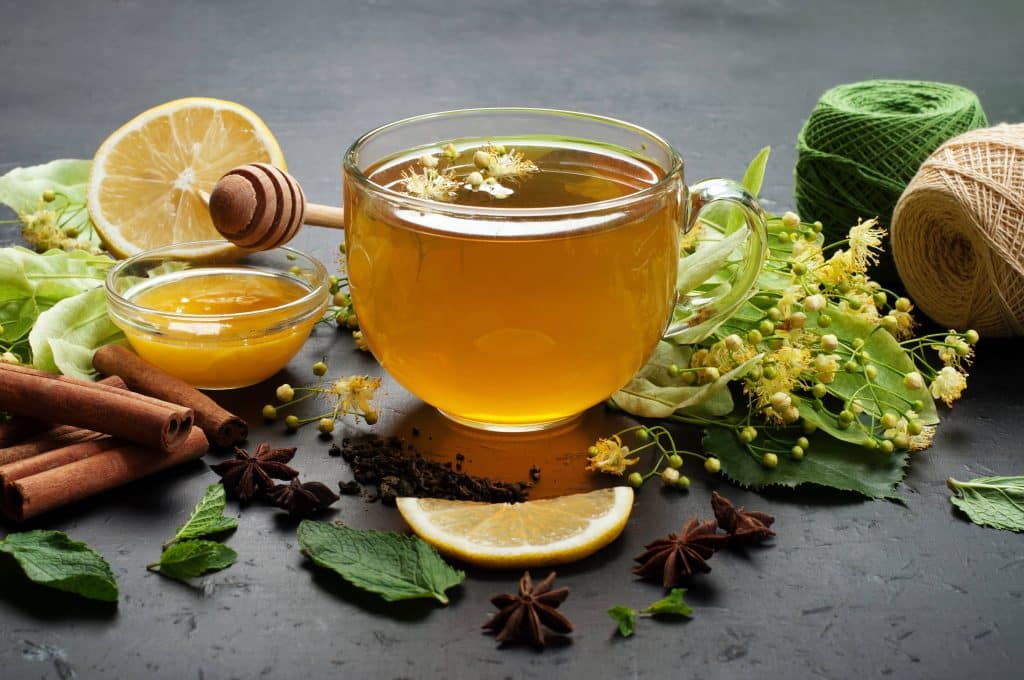
Beyond their culinary uses, many herbs have medicinal properties that have been utilized for centuries. Creating herbal teas is a simple way to enjoy these benefits. For instance, chamomile is known for its calming effects, while peppermint can aid digestion. Research the health benefits of your herbs and consider incorporating them into your wellness routine, such as teas, tinctures, or infusions.
Herbs also offer aromatic benefits that can enhance your home’s environment. Lavender, for example, is renowned for its soothing scent and can be used in homemade potpourirs or sachets. Rosemary and thyme have strong, invigorating scents that can freshen up any room. Consider drying aromatic herbs to create natural, fragrant decorations or practical homemade gifts. With their pleasant scents, herbs can uplift your mood and create a more inviting space.
Embark on Your Herb Growing Journey
As you venture into the world of herbs, remember that each small step in growing, caring for, and utilizing these plants brings a sense of achievement and a burst of flavor to your life. Whether you’re enhancing your meals, boosting your health, or simply enjoying the fragrant beauty of your garden, herbs offer endless possibilities. So, roll up your sleeves, plant those first seeds, and let your herbal adventure enrich your daily routine. Here’s to a greener, more flavorful world right in your backyard!